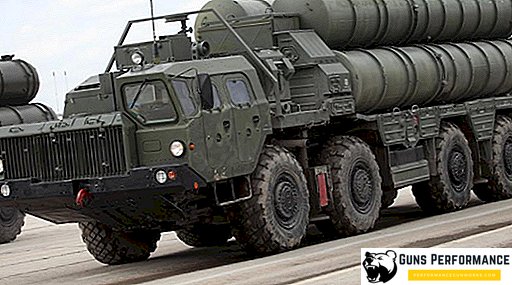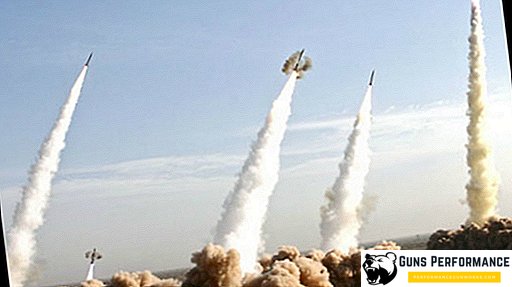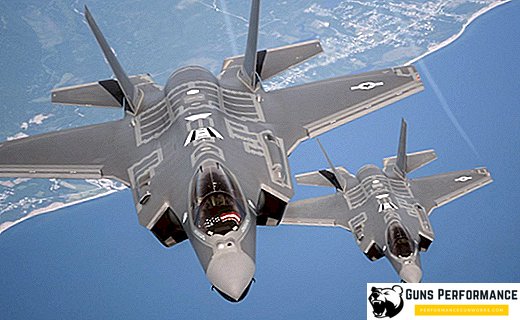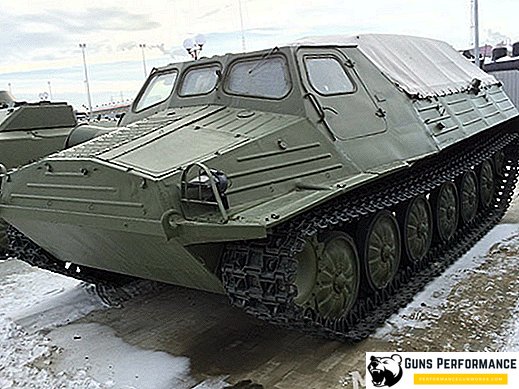SS troops belonged to the organization of the SS, the service in them was not considered state, even if it was legally equal to that. The military uniform of SS soldiers is quite recognizable around the world, most often this black form is associated with the organization itself. It is known that uniforms for SS employees during the Holocaust were sewn by prisoners of the Buchenwald concentration camp.
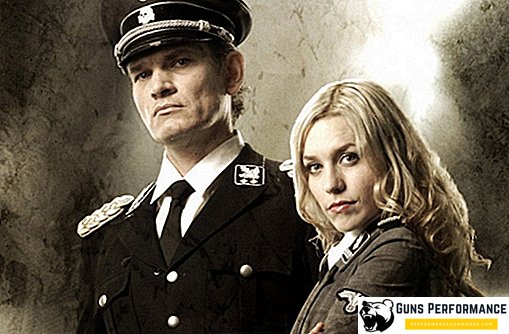
History of SS uniforms
Initially, the soldiers of the SS (also "Waffen SS") wore a gray uniform, very similar to the shape of the attack aircraft of the regular German army. In 1930, the same, well-known, black form was introduced, which was supposed to emphasize the difference between the troops and the rest, to define the elite of the unit. By 1939, the SS officers had received a white full dress uniform, and since 1934, a gray one, intended for field battles, was introduced. Gray military uniform differed from black only in color.

In addition, the SS soldier was given a black overcoat, which, with the introduction of the gray uniform, was replaced by a double-breasted, respectively, gray color. High-ranking officers were allowed to wear their overcoat unbuttoned to the top three buttons, so that distinctive colored stripes were noticeable. Following the same right (in 1941), the Knights of the Cross, who were allowed to demonstrate the award, also received.
The female uniform of the Waffen SS consisted of a gray jacket and skirt, as well as a black foil with the image of an SS eagle.
A parade-club club jacket of black color with the organization’s symbols for officers was also developed.

It must be noted that, in fact, the black uniform was a uniform specifically for the SS organization, not for the troops: only members of the SS had the right to wear this uniform; the Wehrmacht soldier had no right to use it. By 1944, the wearing of this black uniform was officially canceled, although in fact by 1939 it was used only in solemn occasions.

Distinctive features of the Nazi form
The form of the SS had a number of distinctive features that are easily remembered even now, after the organization was disbanded:
- The SS emblem in the form of two Germanic runes “zig” was used on the insignia of the uniform. The runes on the uniform were allowed to be worn only by ethnic Germans - Aryans, foreign members of the Waffen SS were not allowed to use this symbolism.
- "Dead Head" - the first time on the cap of the SS soldier used a metal round cockade with a skull. Later it was used on the buttonholes of soldiers of the 3rd tank division.
- A red armband with a black swastika on a white background was worn by members of the SS and stood out significantly against the black dress uniform.
- The image of an eagle with outstretched wings and a swastika (the former coat of arms of Nazi Germany) eventually replaced the skull on the cap of the caps and began to be embroidered on the sleeves of the uniform.

The camouflage of the Waffen SS was different from that of the Wehrmacht. Instead of the accepted design of the pattern with applied parallel lines, creating the so-called “rain effect”, woody and plant drawings were used. Since 1938, the following elements of camouflage SS uniforms were adopted: camouflage jackets, bilateral covers for helmets and face masks. On camouflage clothing it was necessary to wear green stripes denoting the title on both sleeves, however, for the most part this requirement was not observed by the officers. In campaigns, a set of stripes was also used, each of which signified a particular military qualification.

Insignia on the form of SS
The ranks of the Waffen SS soldiers did not differ from the ranks of the Wehrmacht officers: the differences were only in form. The uniform used the same distinctive signs as shoulder straps and embroidered buttonholes. SS officers wore insignia with the symbols of the organization both on shoulder straps and in buttonholes.

The shoulder straps of the SS officers had a double backing; the upper one differed in color depending on the type of troops. The substrate was edged with silver cord. On the shoulder straps were located signs of belonging to one or another part, metal or embroidered with silk threads. The shoulder straps themselves were made of gray galloon, while their lining was always black. Shishechki (or "stars") on epaulets, designed to denote the rank of officer, were bronze or gilded.

On the buttonholes, runic "ridges" were depicted on one, and insignia by rank on another. The employees of the 3rd Tank Division, which was nicknamed "Dead Head" instead of "zig," contained an image of the skull, which had previously been worn as a cockade on the cap of the SS. Along the edge of the buttonhole, they were edged with twisted-look silk cords, and the generals covered with black velvet. The generals hats were also beaten by him.





